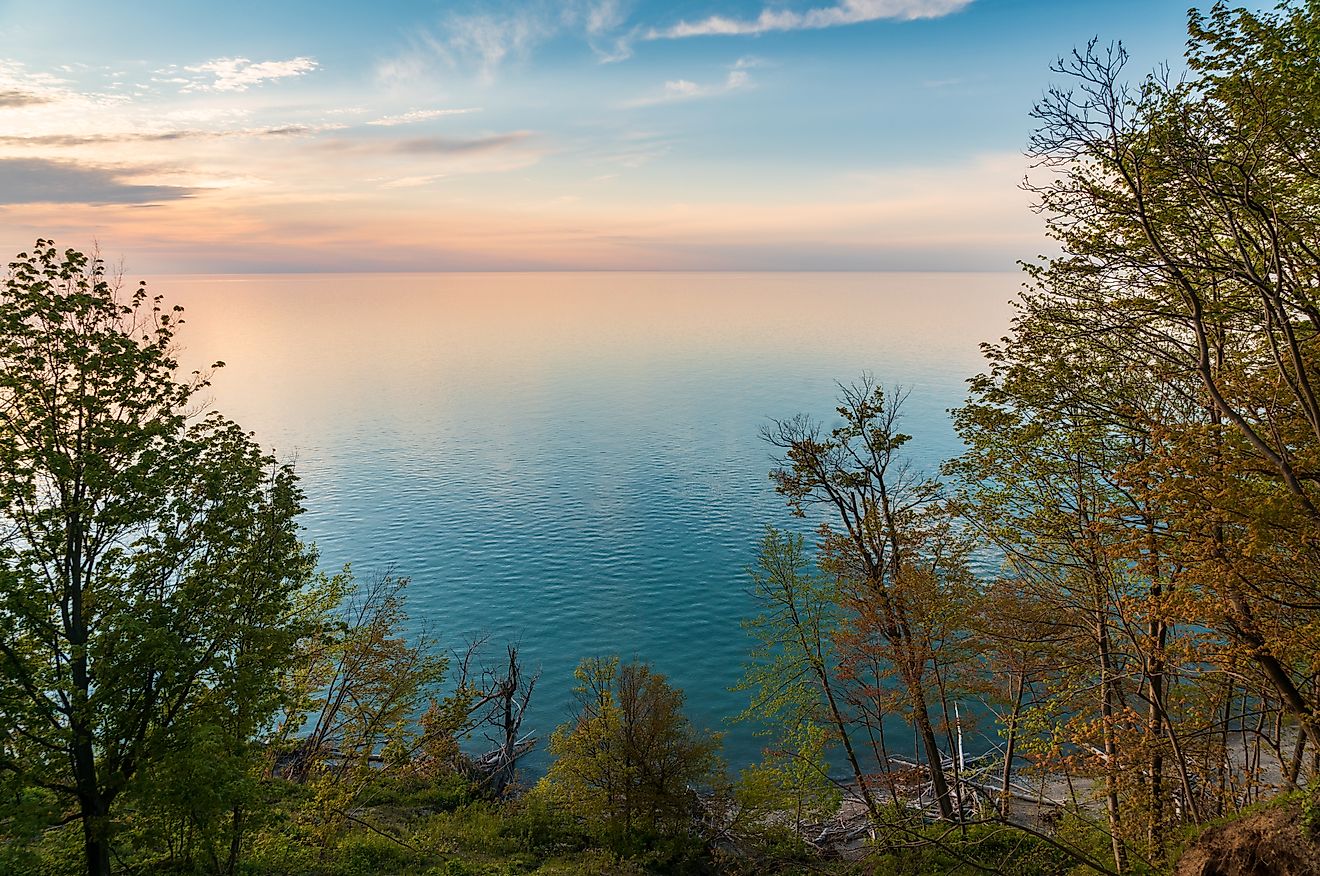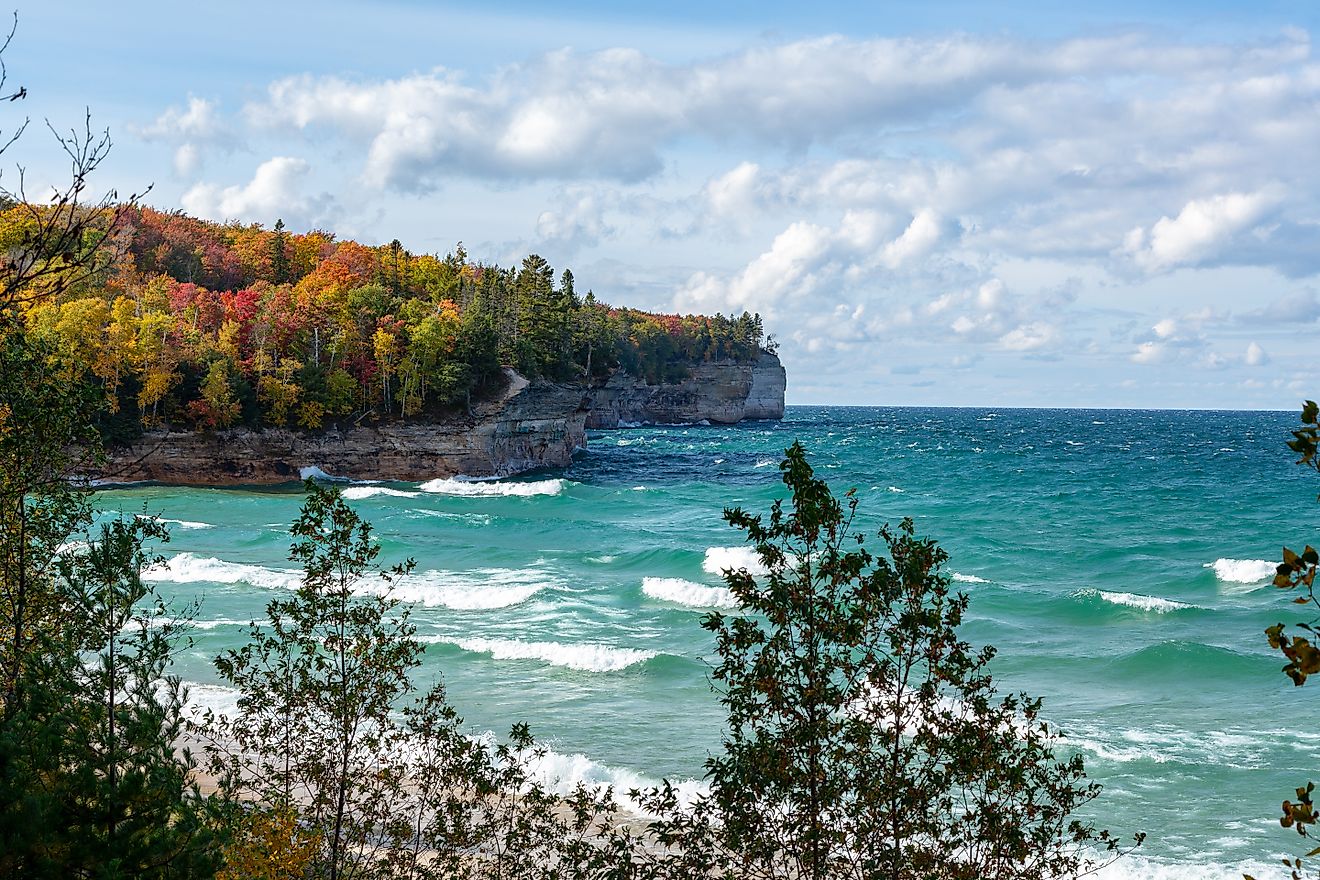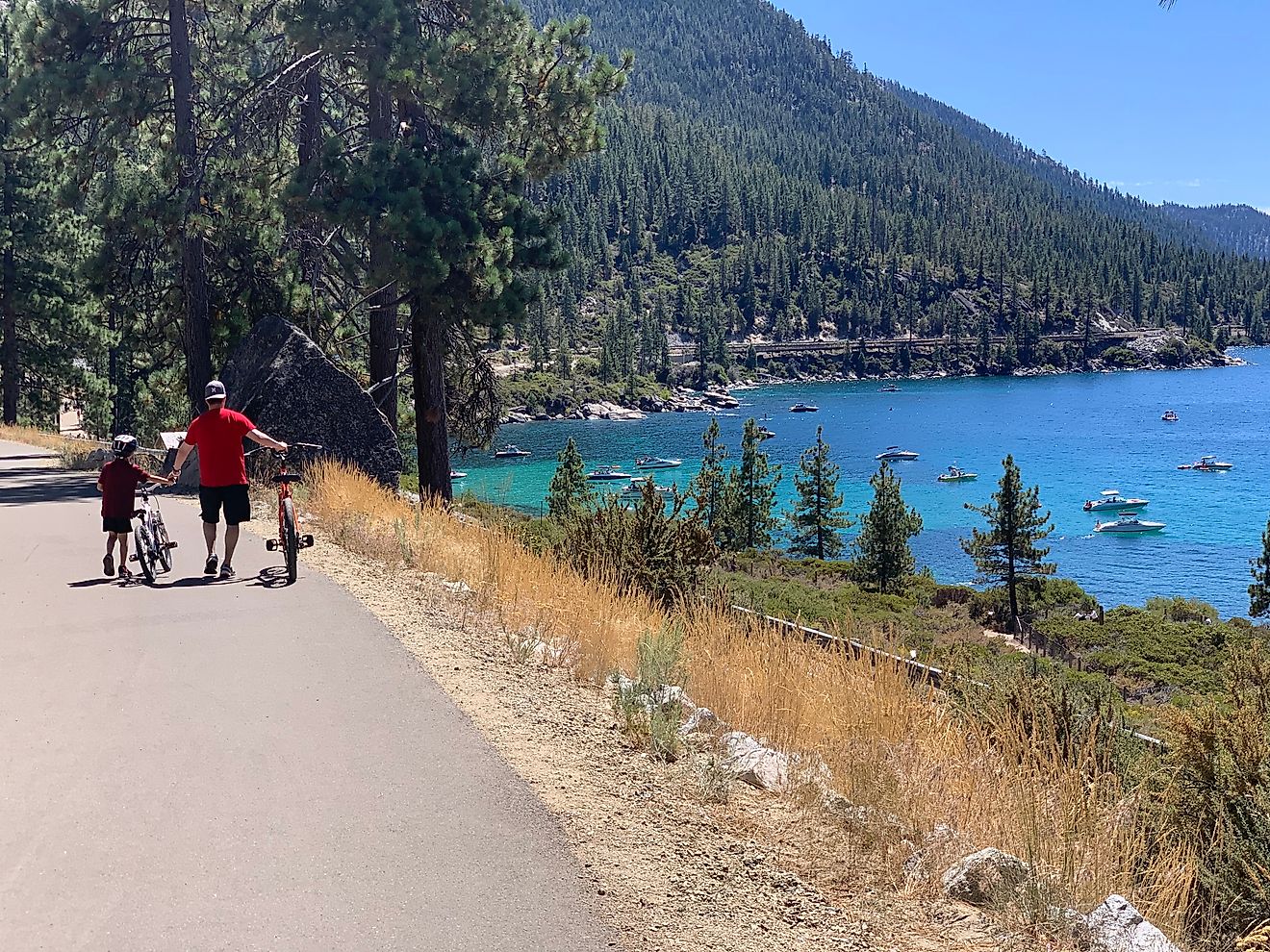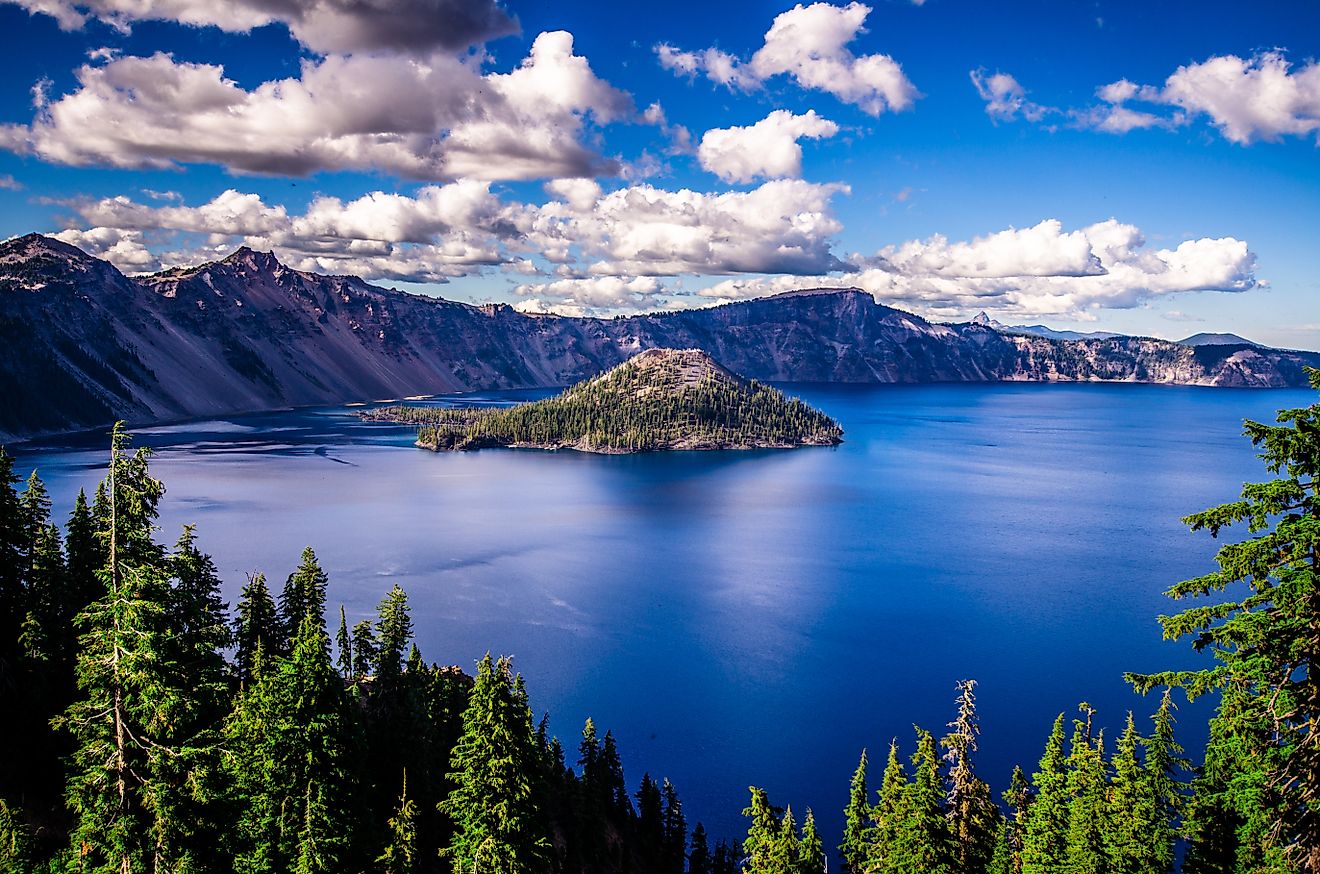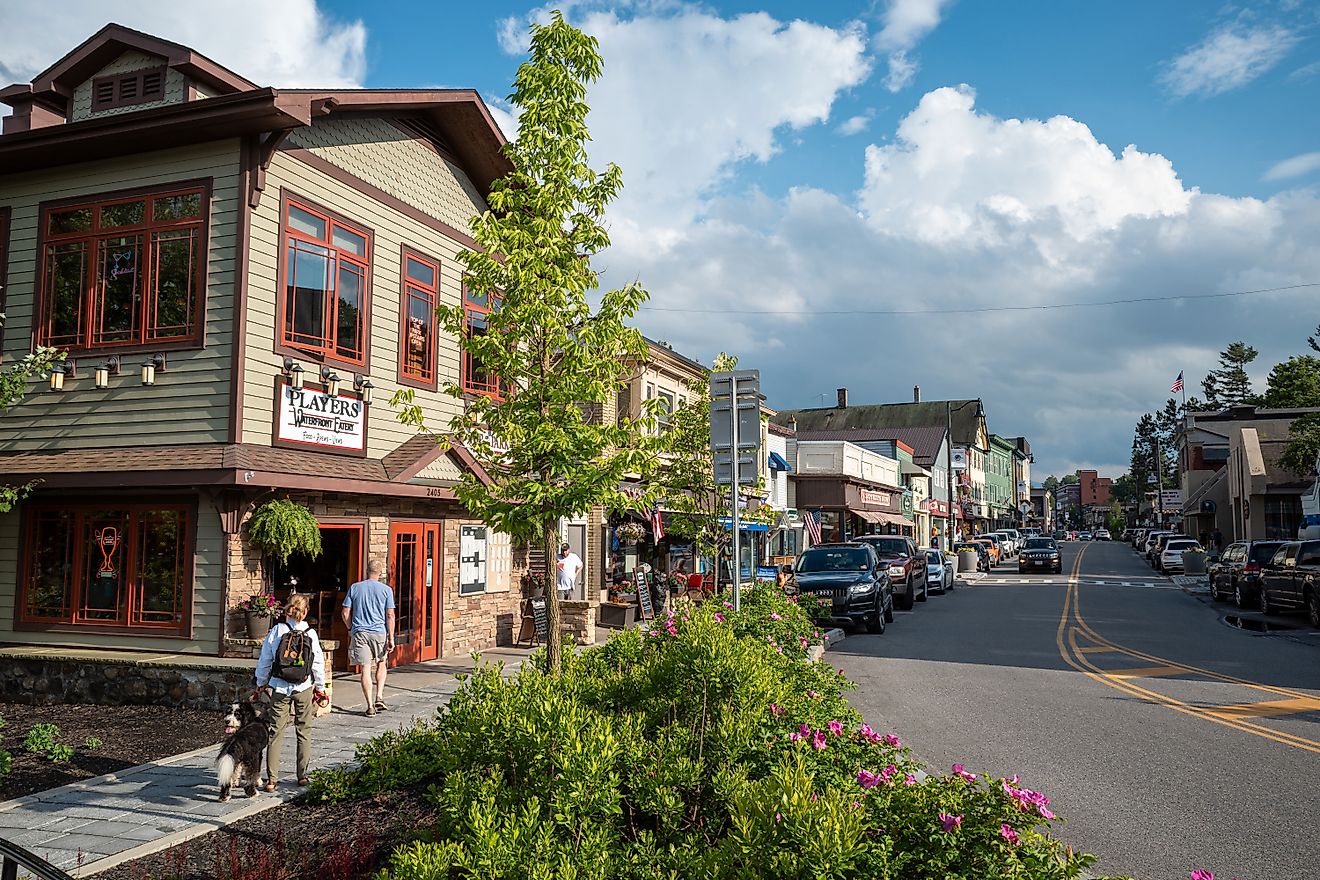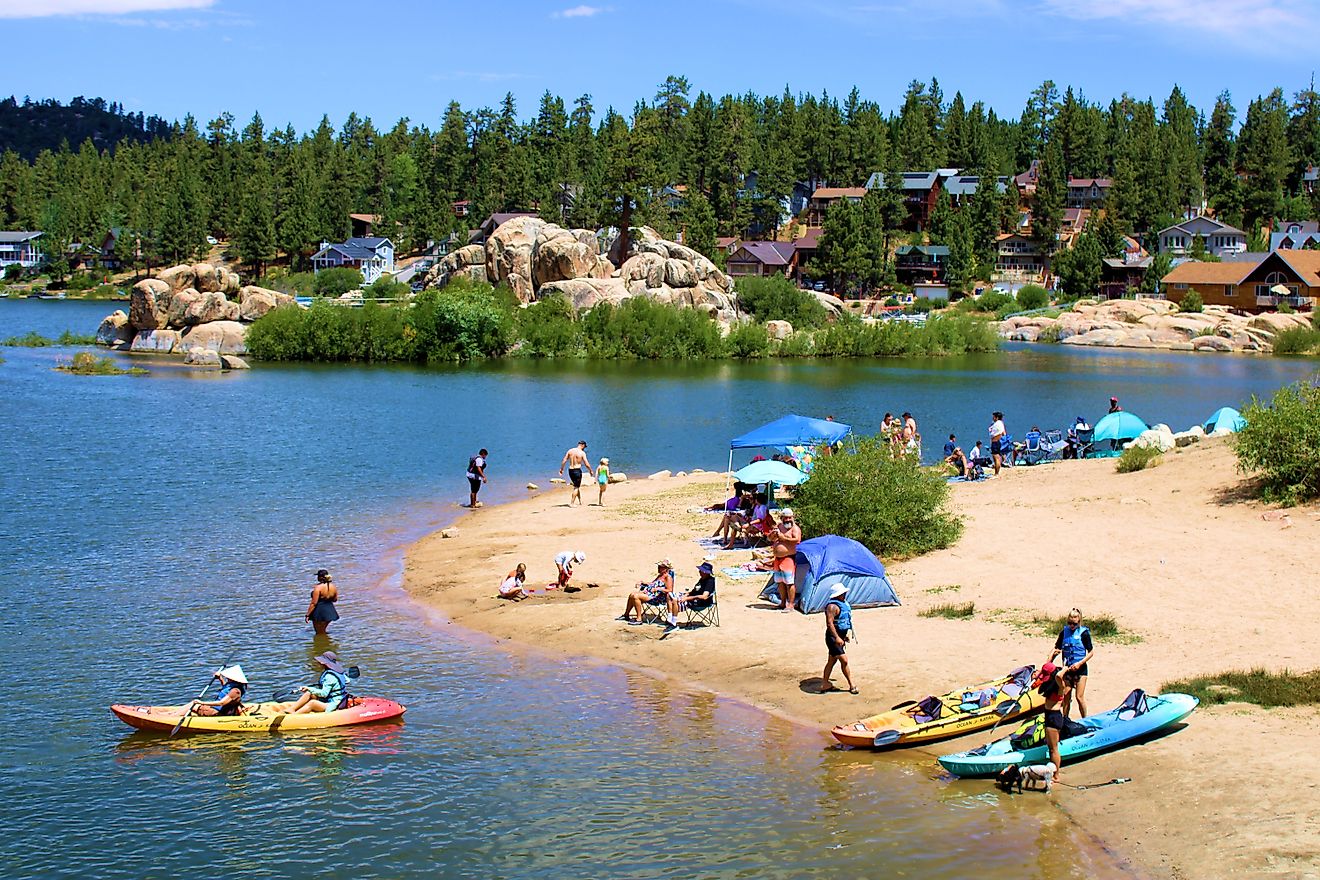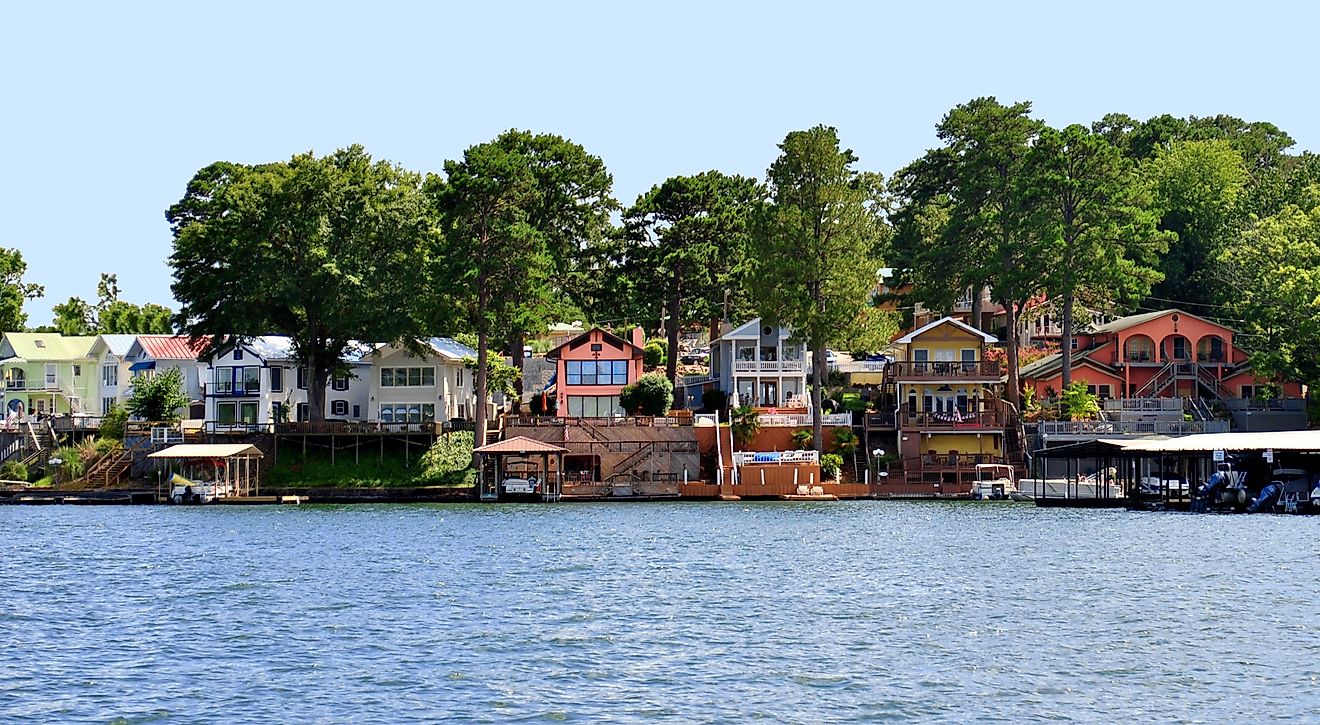
Lake Michigan
Lake Michigan is more than just a body of water. It’s an inland sea with the power to shape cities, create economies, influence climate, and define a region’s identity. As the only Great Lake located entirely within the United States, it holds a unique place in American geography and history.
From its dynamic shores to its pivotal role in transportation, trade, and recreation, Lake Michigan is a freshwater giant that continues to inspire and support the communities surrounding it.
A Giant Among Lakes
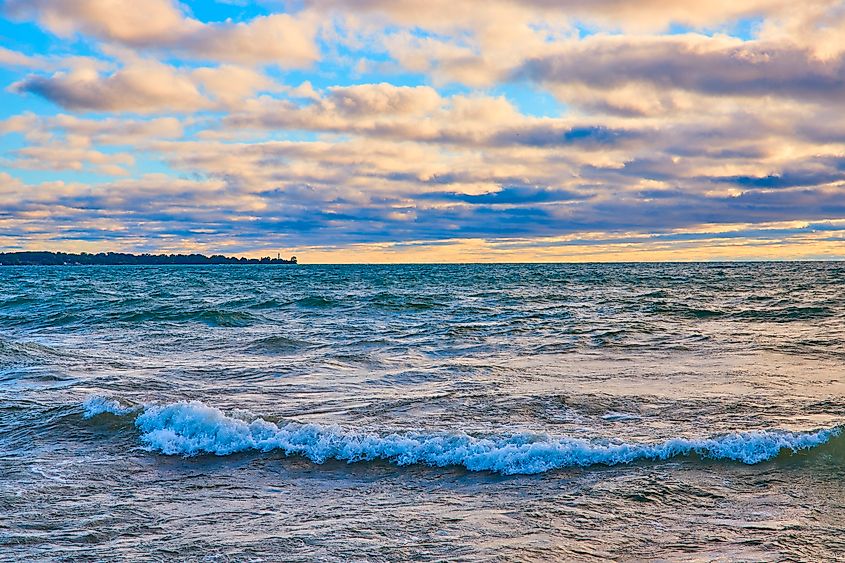
Lake Michigan ranks as the third-largest of the five Great Lakes by surface area and second-largest by volume. It stretches an impressive 321 miles from north to south, with a width reaching up to 118 miles. Covering over 22,000 square miles, the lake’s expanse touches four states: Michigan, Wisconsin, Illinois, and Indiana.
Its maximum depth plunges to 923 feet near its northern basin, while its average elevation sits at 579 feet above sea level. The lake's 45,500-square-mile drainage basin gathers water from nearly 100 rivers and streams, including the Manistee, Muskegon, and St. Joseph from the east, and the Fox and Menominee from the northwest.
Lake Michigan connects to Lake Huron via the Straits of Mackinac in the north, forming a single hydrological system. Despite this connection, the two lakes are often treated as distinct bodies due to differences in their surrounding geography and regional significance.
Shorelines of Sand, Bluffs, and Industry
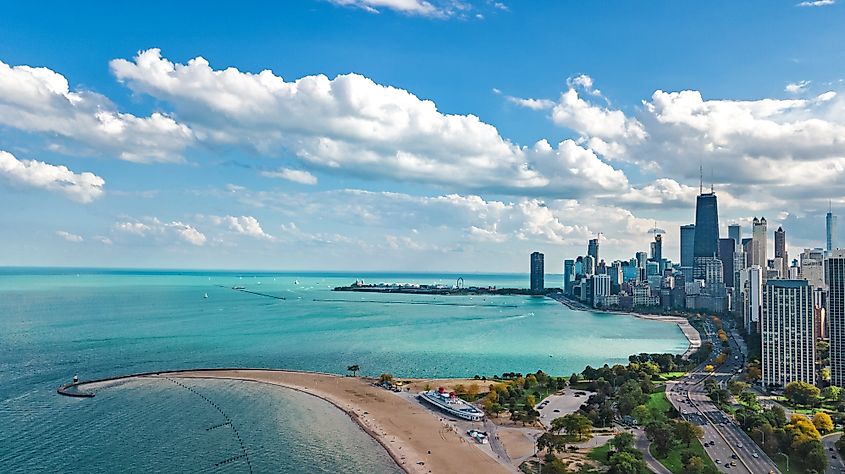
The lake’s coastline is anything but uniform. Much of the surrounding land is low and gently rolling, but steep, wave-cut bluffs of rock appear in many locations, particularly along the northern shore. The southeastern edge—especially in Indiana—is famed for its sand dunes, some of the largest in the world adjacent to a freshwater lake. Indiana Dunes National Park and State Park preserve this landscape and draw nature enthusiasts and beachgoers from across the Midwest.
One of the lake’s most profound influences is its moderating effect on the surrounding climate. The eastern shore, particularly in Michigan, benefits from this in the form of a temperate microclimate ideal for fruit farming. This has earned regions like southwestern Michigan the nickname “The Fruit Belt.”
At the lake’s southern tip, the landscape turns urban and industrial. Chicago, the third-largest city in the US, and nearby hubs like Gary, Indiana, and Milwaukee, Wisconsin, rely heavily on the lake for shipping, water supply, and economic development. Lake Michigan’s proximity has long fueled industry, particularly steel and shipping, while also offering scenic views and public beaches in the heart of dense urban zones.
A Shipping Powerhouse
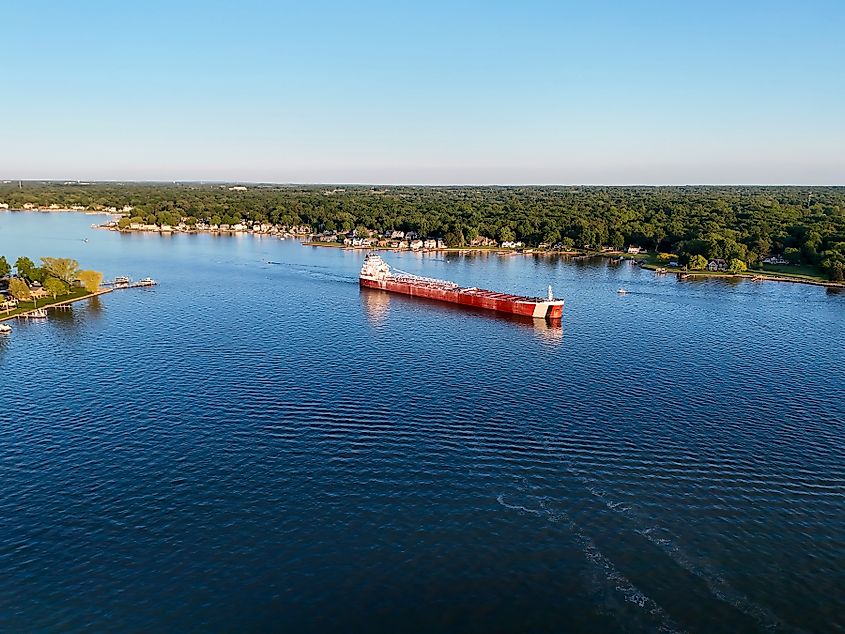
Lake Michigan is a key player in the Great Lakes–St. Lawrence Seaway system, a vast network of waterways that enables international trade from the American Midwest to the Atlantic Ocean. It handles massive quantities of raw materials such as iron ore, coal, limestone, and grain. While winter ice temporarily shuts down some harbors, the main body of the lake rarely freezes completely, allowing year-round operations in certain areas.
Ports like Calumet Harbor (Chicago), Indiana Harbor (East Chicago), and Escanaba, Michigan, move critical freight that supports the nation’s manufacturing backbone. Milwaukee, Green Bay, and Muskegon are important stops for both commercial and recreational vessels.
In the late 1800s and early 1900s, ferry services also flourished, transporting passengers and railway cars across the lake. Though largely reduced today, some ferries—like the S.S. Badger connecting Ludington, Michigan, to Manitowoc, Wisconsin—remain in service as heritage transportation experiences.
The Reversal of the Chicago River
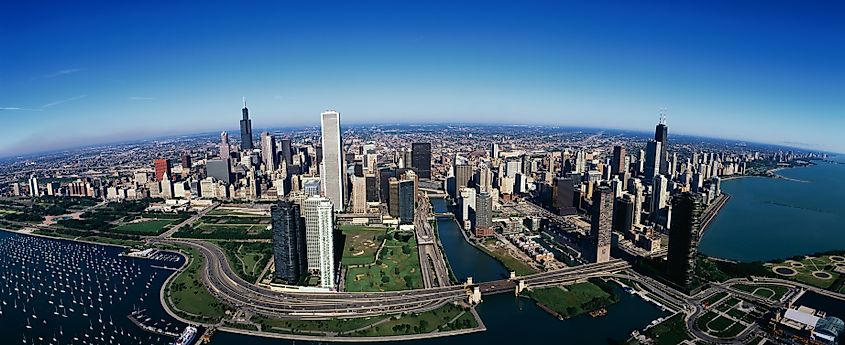
One of the most fascinating engineering feats associated with Lake Michigan is the reversal of the Chicago River. Originally, the river flowed into the lake, serving as a de facto sewer for the rapidly growing city. In 1900, engineers completed the Chicago Sanitary and Ship Canal, reversing the river’s flow to send wastewater westward toward the Mississippi River system. This not only helped protect Lake Michigan’s water quality but also marked a defining moment in American civil engineering history.
A Legacy of Exploration
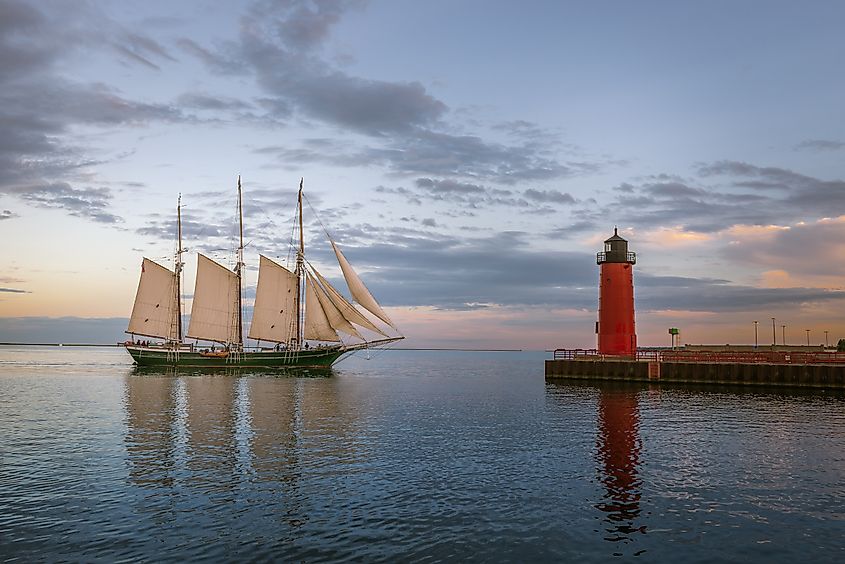
European knowledge of Lake Michigan began in 1634 when French explorer Jean Nicolet became the first documented European to lay eyes on it. Over the next several decades, explorers such as Jacques Marquette, Louis Jolliet, and Robert de La Salle traveled the lake’s shores, mapping the region and establishing trading posts.
By 1679, La Salle had launched the Griffon, the first sailing ship on Lake Michigan. Though it was tragically lost at sea, this event symbolized the lake’s emerging role in connecting the interior of North America to the broader world.
The name "Michigan" is derived from the Algonquian word michigami, meaning "great water" or "big lake," a title that reflects both the lake’s physical scale and its deep cultural significance to the Native American tribes who lived along its shores for centuries.
Ecological Balance and Challenges
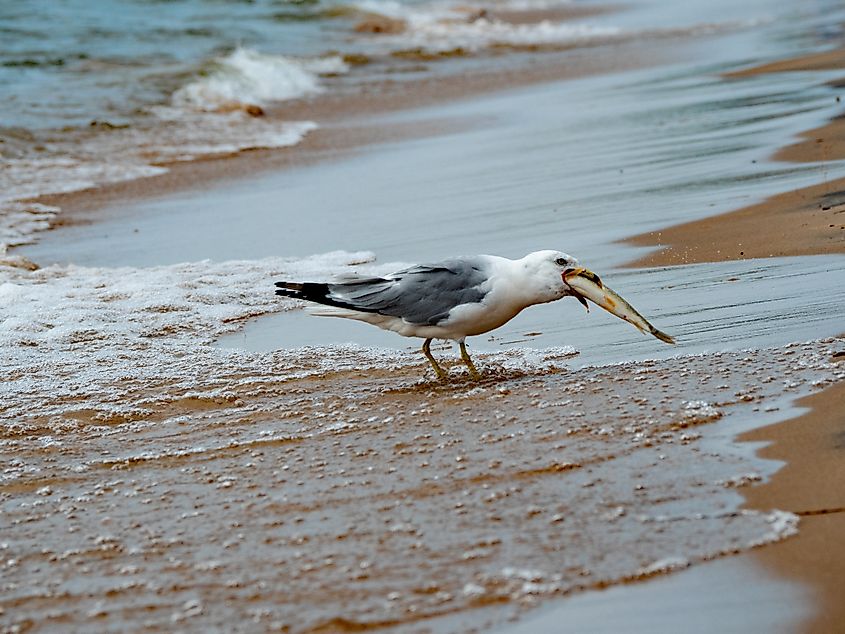
Lake Michigan’s natural beauty and ecological significance come with challenges. Overfishing, pollution, and the introduction of invasive species have all taken a toll over the past century. One of the most notorious cases was the explosive population of alewives, small saltwater fish that made their way into the Great Lakes through the St. Lawrence Seaway. Their massive die-offs in spring created a mess along beaches until the lake’s predator population was restored.
Restocking lake trout and introducing coho salmon in the mid-20th century helped reestablish a balanced food chain. Today, sport fishing is a popular activity on the lake, with anglers targeting salmon, trout, bass, and perch.
Despite improvements, pollution remains an ongoing concern. Agricultural runoff, plastic waste, and urban stormwater continue to affect water quality, and climate change poses a long-term threat through changing lake levels and increasing storm intensity.
Recreation and Natural Wonders
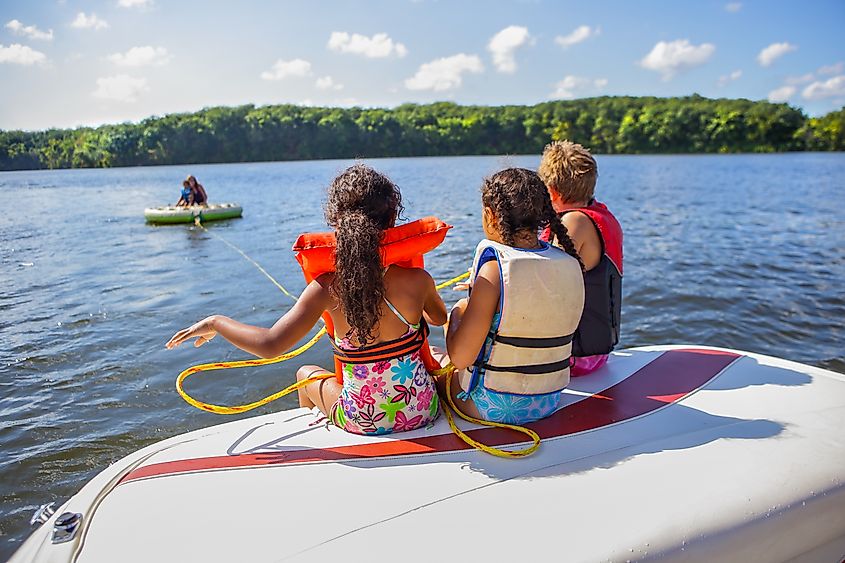
Lake Michigan is a playground for outdoor enthusiasts. Sailing, kayaking, paddleboarding, and beachcombing are popular along the lake’s 1,600 miles of shoreline. The crystal-clear water, especially in northern Michigan and Wisconsin, draws thousands each summer.
Indiana Dunes National Park, Sleeping Bear Dunes National Lakeshore, and numerous state parks protect the natural shoreline and offer hiking, birdwatching, and breathtaking vistas. The lake’s northernmost areas, including the Beaver Island archipelago, offer a more remote experience, with old-growth forests and rugged coastlines that feel a world away from the urban south.
Cities Built on the Shore
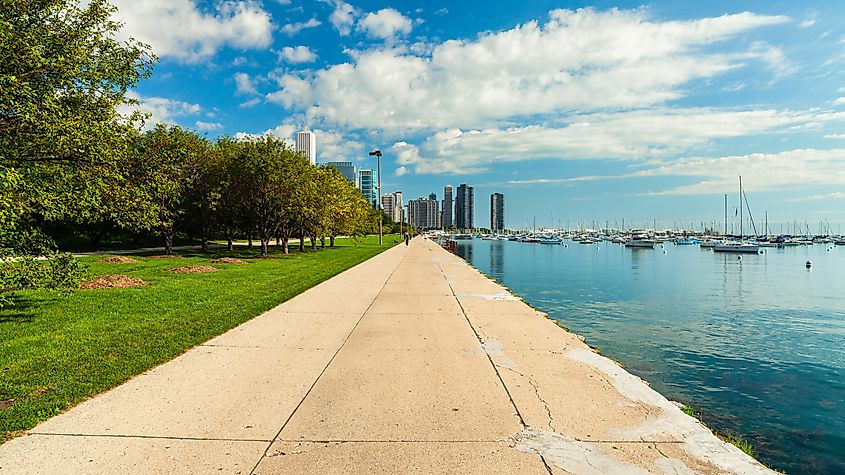
Chicago is perhaps the most well-known city on Lake Michigan’s shore. Its skyline rises dramatically from the lakefront, which features more than 20 miles of public beaches and the famous Lakefront Trail. The lake is integral to the city’s identity, from summer fireworks over Navy Pier to the iconic Buckingham Fountain.
Milwaukee, Wisconsin’s largest city, is another hub of culture and commerce. Known for its breweries and lakefront festivals, the city embraces the lake as a defining feature. Grand Rapids, Michigan, though inland, relies on nearby lake ports like Muskegon for shipping and recreation.
Even smaller towns like Ludington, Michigan; Michigan City, Indiana; and Sheboygan, Wisconsin, owe much of their tourism and history to Lake Michigan’s presence.
Fast Facts: Lake Michigan
-
Surface Area: 22,300 square miles
-
Length: 321 miles
-
Width: 118 miles
-
Max Depth: 923 feet
-
Average Elevation: 579 feet above sea level
-
States Bordered: Michigan, Wisconsin, Illinois, Indiana
-
First European Explorer: Jean Nicolet, 1634
-
Native Name Origin: Algonquian “michigami” – “big lake”
Q&A Section
Is Lake Michigan the largest of the Great Lakes?
No, it's the third-largest by surface area and second-largest by volume. However, it’s the only one entirely within the United States.
What makes Lake Michigan unique?
It is the only Great Lake located entirely within US borders and plays a key role in commerce, recreation, and regional climate.
Can you swim in Lake Michigan?
Absolutely. From Chicago’s city beaches to remote northern shorelines, Lake Michigan offers ample swimming opportunities, especially in summer.
What is the best time to visit Lake Michigan?
Late spring through early fall offers the best conditions for outdoor activities and lakefront enjoyment.
